TRUE AND FALSE VICTIMS SARAH SCHULMAN in conversation with Caroline Busta and Anke Dyes (Texte zur Kunst)
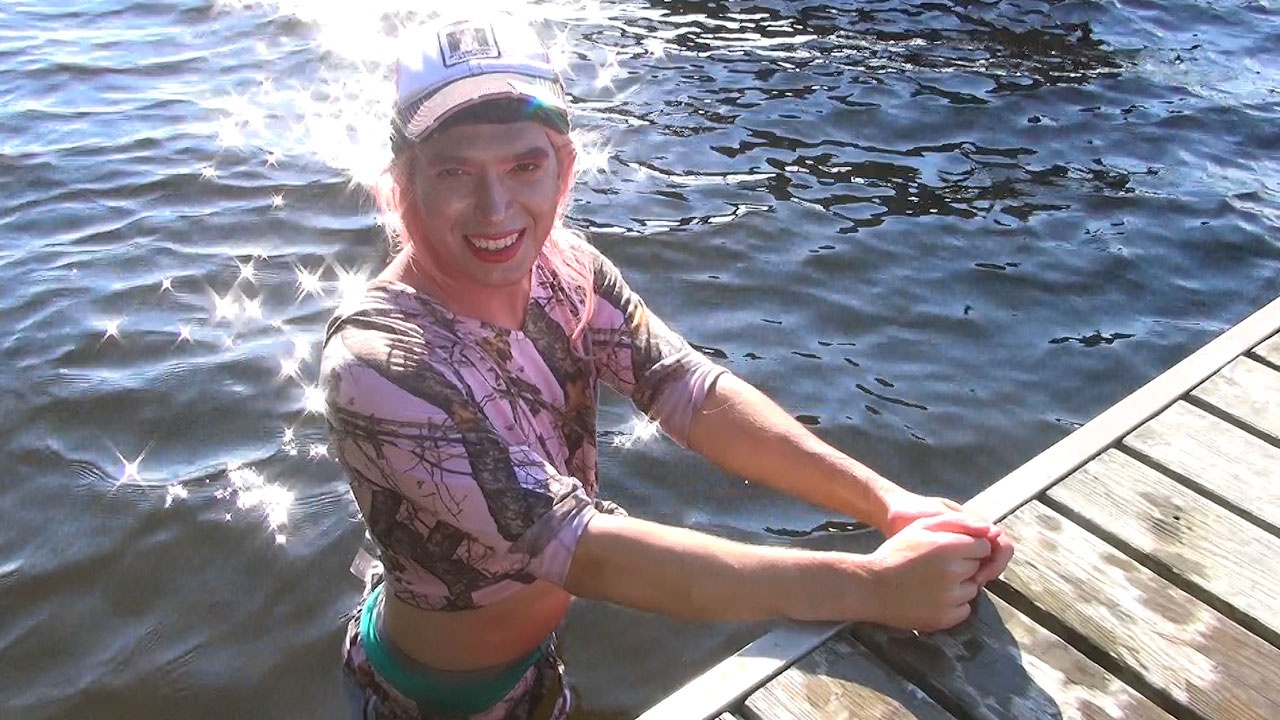 Ryan Trecartin, "Mark Trade," 2016, still from single-channel HD video
Ryan Trecartin, "Mark Trade," 2016, still from single-channel HD video
As political views further polarize across the West, and indeed micro-polarize in the subgroups therein, political discussion, rather than becoming more dynamic, seems to have retreated to closed channels segregated along belief lines. In pursuit of opening these conversations to productive debate, it is helpful to identity why we find interparty (let alone interpersonal) conflict so unbearable now.
As journalist and AIDS historian Sarah Schulman writes in her recent book, “Conflict Is Not Abuse: Overstating Harm, Community Responsibility, and the Duty of Repair,” one key factor is the emergence, in Reagan-era USA, of a victim/perpetrator model as the dominant form of state control. Here, Texte zur Kunst speaks with Schulman about the systemic causes of intolerance and the forces underpinning our current state of affairs.
Texte zur Kunst: Your recent work provides us with an intriguing analysis of the way we understand conflict now, both interpersonally and in a wider political sense. Starting with the title of your most recent book, “Conflict Is Not Abuse: Overstating Harm, Community Responsibility, and the Duty of Repair,” you argue that, culturally, we are increasingly making accusations of abuse, which are non-negotiable, in instances where the more apt (and productive) response would be conflict, which invites debate even as it requires both sides to consider their own possible faults. But how do you see this tendency toward victimization and blaming repeated more broadly in today’s politics? And what are the fundamental factors that drive us to mistake “conflict” for “abuse” today?
Sarah Schulman: Let’s start with the obvious example of Donald Trump. Every day, Trump tells us what a victim he is, how he is under attack, how unfair it is. And yet, whether it’s the press reporting how much he lies or communities reacting to his scapegoating of immigrants, Muslims, transpeople, etc., this so-called attack is almost always somebody simply telling the truth. This claiming of a victim role, despite being the perpetrator, is a supremacist construction – you see it in personal relationships; you also see it across communities. In contrast, there are the people who actually are abused; for instance, the white working-class Americans who voted for Trump and who have not experienced upward mobility; those who have been working in factories and mines for generations and, now that their jobs have been globalized away, find they no longer have a social role in the larger economy. But rather than blaming the real source of their disenfranchisement, the white 1%, they identify with that force through racism. Here is an abused group, manipulated into projecting their anxieties onto, in this case, immigrants and refugees who are not the cause of their pain. And that’s another fundamental construction: traumatized people, people who have yet to resolve certain past experiences, blaming the wrong party.
I see the root of this problem in the groups to which people belong; this is also where I see the solution. Globally, we share a very destructive concept of loyalty – one that’s built on the nationalism model, wherein we show loyalty and love and belonging by hurting the people that the people with whom we are identified want to hurt. It’s the logic of someone saying, “I broke up with my boyfriend so I want you to be mean to him,” and then understanding that being mean to that guy somehow shows loyalty. This can be extended to racialized and nationalist constructions of “good citizenship” or friendship. The question is, how can we help people with whom we’re identified be self-critical?
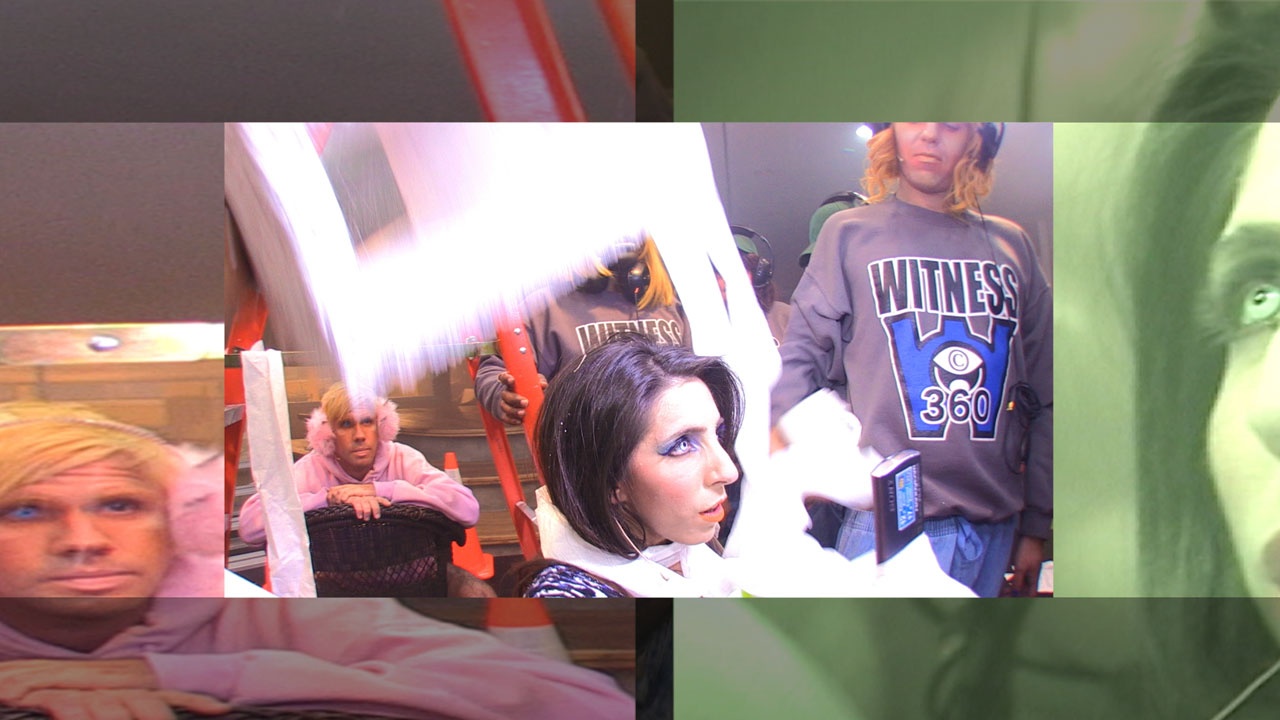 Ryan Trecartin, "Comma Boat," 2013, still from 3-channel HD video
Ryan Trecartin, "Comma Boat," 2013, still from 3-channel HD video
Texte zur Kunst: This model of shunning as punishment and short-circuiting of discussion is particularly resonant in the context of Texte zur Kunst. Given that the art world is a field where personal and work/public relations are often deeply entwined, negative social relations for an artist or other art professional can take a fatal toll on one’s network, which is to say that open self-criticality or criticizing your friends can involve very high stakes personally. In turn, like-mindedness – even if under a veneer of thinking differently – would seem to be incentivized.
Meanwhile, though the internet has made it technically easier and faster to speak with people outside of one’s immediate context, it has also siloed debate along lines of shared belief. What’s your thinking as to how to effectively communicate with somebody whose belief system you strongly oppose? Or are there ever legitimate reasons to not speak across these lines? For example, in instances where you would have to explain that “racism is not an opinion.”
Schulman: It depends on circumstance, and what your goal is. I’m not a pacifist, that’s not my thing, but it’s not like you have to argue with every single person and change their point of view. Even when you’re opposing a supremacist political entity, you do not need to gain majority consensus to make a paradigm shift. I’m an AIDS historian, and if you consider AIDS activism in America, you’ll see that it was a very small group of people that transformed how people with AIDS were viewed by the state. In large political debates, most people are often just bystanders.
Texte zur Kunst: With the AIDS crisis, activists made a targeted attempt to change mass opinion and it was ultimately effective. With the 2016 election, we likewise saw small groups of people direct mass attention, whether with the grassroots support for Bernie Sanders or with the rise of the alt-right and Trump’s eventual win. Comparing the present with the ’80s, would you make a distinction between the way that Trump and Reagan came to power? Notably, neither were initially endorsed by the Republican party.
Schulman: I’ve been covering the Right since 1980 and I’ve been a journalist since 1979. When Ronald Reagan was elected, the Republican party had made a conscious decision to build a coalition with evangelical Christians. Prior to that time, evangelical Christians did not vote in the United States, they were not politically constituted. But Reagan and the capitalists that backed him made a deal with the devil, taking up anti-abortion politics and anti-Muslim politics among other things that capitalists don’t care about.
Texte zur Kunst: So, structurally similar logic was in play. As in, here is Lifestyles-of-the Rich-and-Famous married-three-times Trump suddenly emerging as a major advocate for voters identified with blue-collar labor and Christian family values. But how did Trump manage to succeed in this pivot? Doesn’t news media work differently now than during Reagan’s time?
Schulman: Well, we’re told a lot of things “went wrong” in this election but the media’s own failure of real reporting and persistent ratings pandering was a big element. Even the most progressive television reporting, like MSNBC or Rachel Maddow, has been entirely complicit: covering Trump because Trump is entertaining and entertaining news drives ratings. And while Maddow has since done a turnaround (she is now entirely focused on the Russia connection), the media continues to give Trump a disproportionate amount of air-time.
And then there was also pervasive American sexism. Yes, Hillary is a warmonger and comes from a dynasty (people don’t like that), but she was probably the most qualified person to ever run for president. She could have improved our country significantly. Still, she was not a good candidate because she did not come across as relatable. She was stiff and out of touch and she didn’t play a feminine role.
Texte zur Kunst: As in, Hillary wasn’t “likable” because as a woman you’re not supposed to be confrontational, and if you do have a conflict it’s considered your own personal problem or that you yourself are to blame?
Schulman: It’s possible, but I would frame it differently. My analysis – and I also state this in my book – is that when people abdicate accountability for their role in conflict they enhance the powers of state.
Texte zur Kunst: Right, when people claim they can’t handle a situation themselves and leave it to the authorities to solve, this is the moment the police are given power.
Schulman: I was born in 1958 in New York City. In 1958, if a woman was raped and she tried to go to court, she could not get a conviction on her own testimony; she would have to have a witness. Structurally, this meant that the state was the enemy of women. The feminist movement against male violence emerged out of that environment, as did many very radical movements that dramatically transformed how people related to each other – anti-colonialism, gay liberation, black power, etc. In this context, male violence came to be seen as an expression of patriarchy, poverty, and racism. And the kinds of organizing these movements did – rape crisis counselling, battered women’s shelters, illegal abortion networks – were solutions located in the grassroots, not in the State. We would now call this kind of organizing “restorative justice,” even though that concept did not exist at the time. Interestingly, the emphasis then was on empowering women; not punishing men.
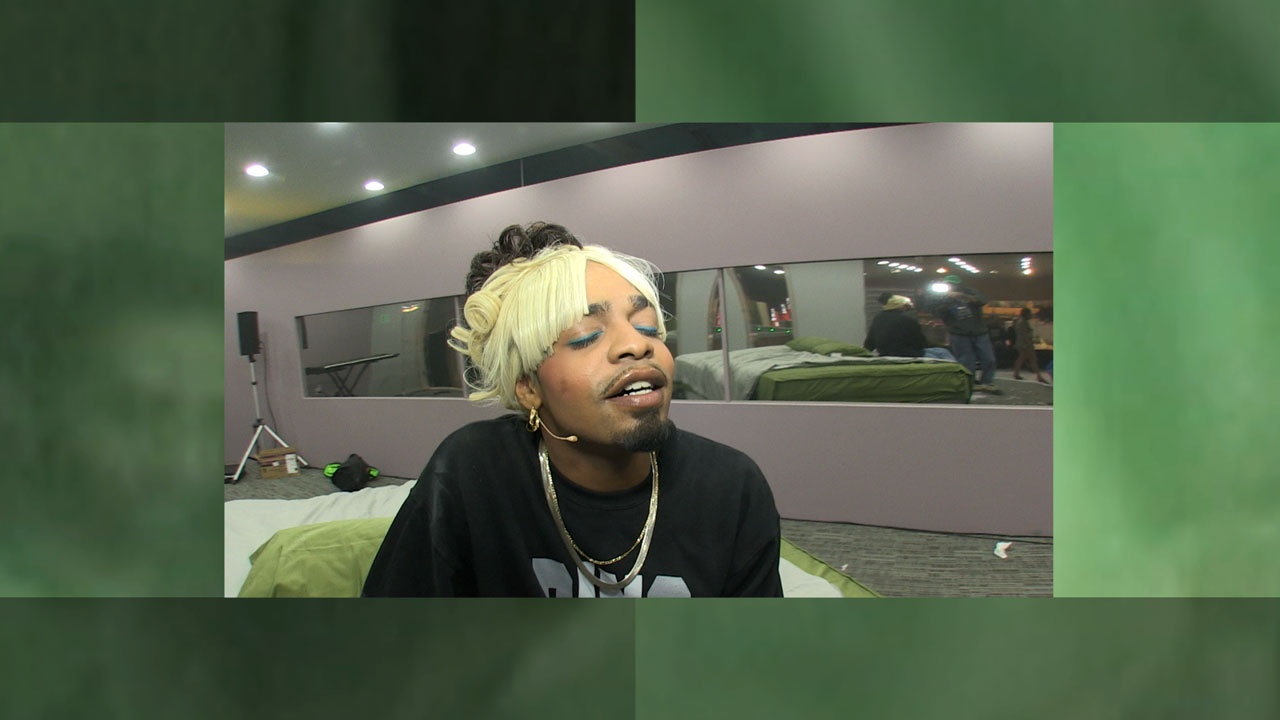
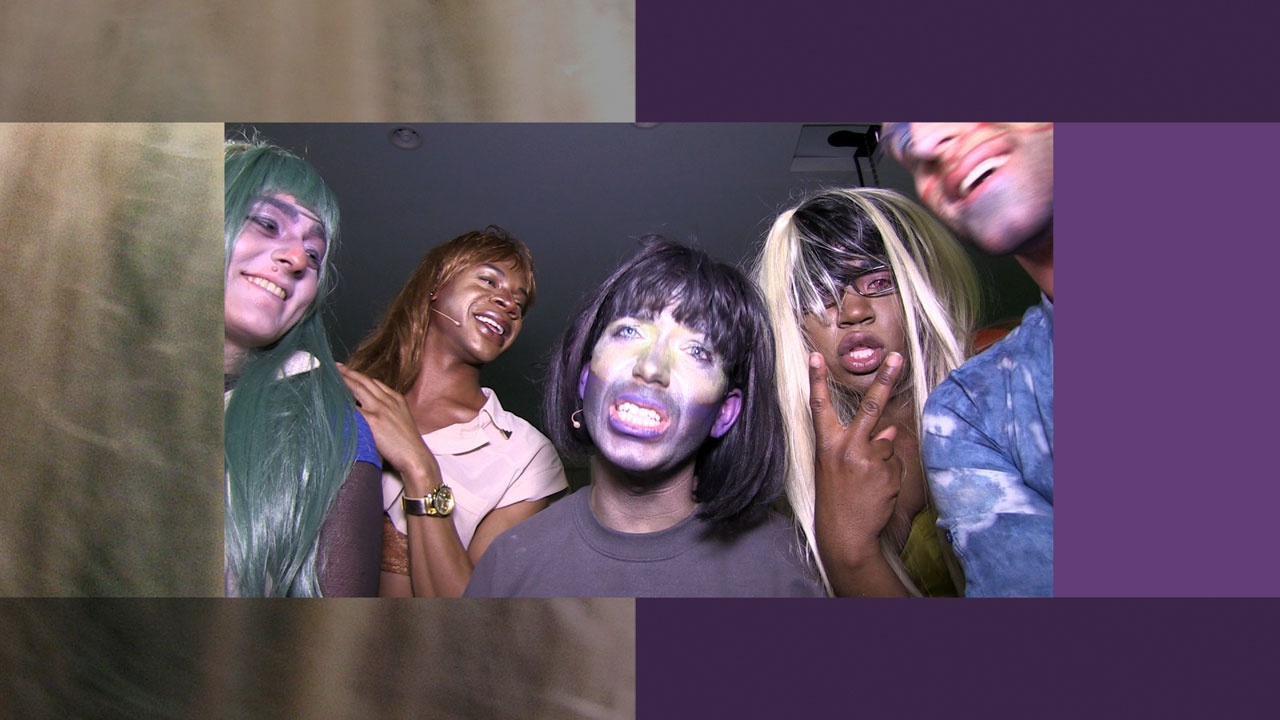 Ryan Trecartin, "Comma Boat," 2013, stills from 3-channel HD video
Ryan Trecartin, "Comma Boat," 2013, stills from 3-channel HD video
But following Reagan’s election in 1980, these services moved into the control of the government; they would be funded by the government and staffed by people whose credentials are accredited by the government. This created a crisis in meaning because the US government is one of the greatest sources of violence in the world; it is dependent on patriarchy, on poverty, on racism. Not surprisingly, the public discussion around patriarchy, poverty, and racism disappears during the ’80s. Instead, attention shifts from trying to understand what’s causing certain social problems to identifying a perpetrator that can be blamed for them. Because if you can name an individual perpetrator, then the state apparatus can be used to punish that person and this, in turn, enhances the power of the state.
Texte zur Kunst: This is a helpful analysis: that in the ’80s, due to government co-optation of social services, the structural causes of violence – patriarchy, poverty, and racism – were replaced by a state-controlled mechanism of punishment and incarceration of individuals, which primarily impacts poor men and men of color …
Schulman: Right, and then you start to see that narrative reinforced by social propaganda, television shows like Law & Order: Special Victims, where week after week you’re being told that there’s one evil predator and there’s one innocent victim, and the solution is the police. This concept of the state being the appropriate arbiter of human relationships evolves during this period. This is very, very different from a bunch of women getting together and starting a rape crisis hotline. It’s the opposite.
Today, our focus remains on figuring out who the perpetrator is, on naming a perpetrator so that they can be punished. Microcritique is about that, call-out culture is about that, consent rules (having to say yes first, and that you can’t be drunk), all this stuff is about that. But were our focus to instead be on trying to understand what happened, we would have an entirely other orientation: one toward problem-solving in a manner that rewards self-criticism and, most importantly, self-critical groups. I have never experienced punishment actually making things better. I think it is clear that punishment doesn’t work.
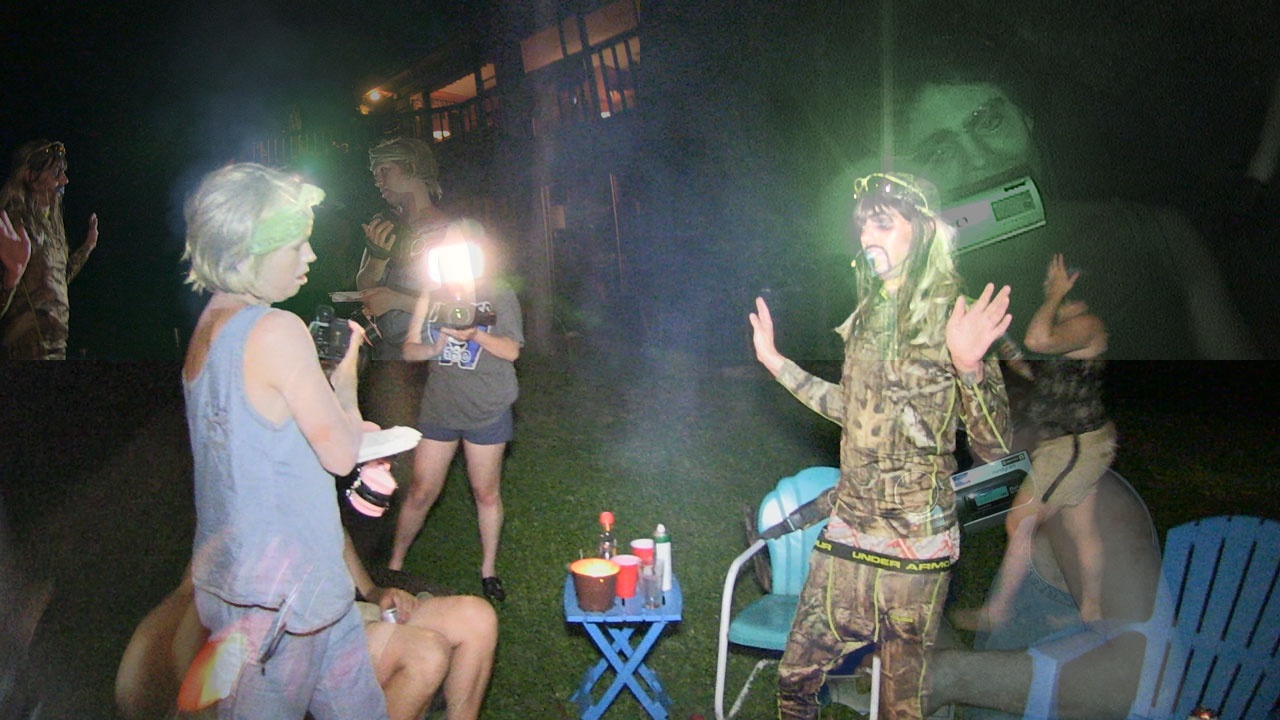 Ryan Trecartin, "Mark Trade," 2016, still from single-channel HD video
Ryan Trecartin, "Mark Trade," 2016, still from single-channel HD video
Texte zur Kunst: How does this square with the repression or avoidance of conflict we see in neoliberal culture, this idea that you’re supposed to be open and available, liking things, minimizing conflict? Can a connection be drawn between neoliberalism’s aversion to conflict and the reasons we have given power of arbitration over to the police? Why do we continue to disproportionately pursue individual perpetrators over structural causes (poverty, patriarchy, racism, etc.)?
Schulman: In my book, I address this via a case study of HIV criminalization. Despite the standard of medical care now available for people with HIV who have insurance, being infected is still highly stigmatizing. And where there’s a stigma there’s an anxiety, and when people have anxiety – especially when sexuality is involved – they’re much less likely to be self-critical. At first, HIV-negative people were conceptualized as needing to be responsible for keeping themselves negative. But the state shifted this narrative in the last decade to one that says, “No, you are not responsible, you are potentially criminally wronged,” offering this group an invitation to victimology. In other words, the HIV-negative person becomes defined by the state as a potential victim rather than someone who makes decisions. And in this way, an entirely new class of people was created – HIV-negative people empowered to incarcerate HIV-positive people – that could thereby enhance the power of the state. What we need, instead, is for cliques, communities, families, religions, and governments to say “Hey, you feel anxious about sex? OK, calm down people, let’s help you work out your anxiety.” But, no, people are told to call the police and put their lovers in jail.
Texte zur Kunst: In your book, you also describe a figure that is very focused on seeking freedom from blame, more so even than seeking freedom from being wrong. We find this archetype, which you term the “ethical virgin,” a particularly useful model in that it can be applied across the political spectrum. For example, one can imagine using this term for both the Left-associated “social justice warrior” and the alt-right “neoreactionary,” both of whom can be characterized by their reflex to call-out, to find fault in the other person before trying to understand where that person is coming from. Where does this “ethical virgin” fall on the spectrum of victimology?
Schulman: One of the sources for my book is Catherine Hodes, a social worker in New York City who’s done work with violence for more than 25 years. It was her recent observation that conflict and abuse are being conflated. According to Hodes, conflict is a power struggle, whereas abuse involves having power over. When something happens to you that you did not cause and cannot control, that’s abuse; but if you’re part of the problem, then it’s a conflict. She says that we’re in this state where people are reflexively overstating harm, responding to any perceived contradiction with an immediate claim of innocence rather than engaging in debate, because unless you are purely and totally 100% innocent, our culture does not currently consider you eligible for compassion. But every human being who asks for help should get it; everyone should be eligible for compassion. And if the standard that you have to reach to be eligible for compassion is that you are purely, 100% innocent, then everyone will be claiming that position.
 Ryan Trecartin, "Comma Boat," 2013, stills from 3-channel HD video
Ryan Trecartin, "Comma Boat," 2013, stills from 3-channel HD video
Texte zur Kunst: But if you’re 100% innocent, you’d also be 100% powerless, right? This would also be a problem.
Schulman: Yes. In a healthy situation, one would be delighted to learn that they are participating in creating the problem, because this would mean they also had the ability to end it. But the way it works now, if you acknowledge you have that power, then you don’t get the support of the people around you.
Class separation reinforces this. I’m a professor at a university on Staten Island where most of my students are either immigrants or from working-class white families who voted for Trump. In the case of my white students, they tend to be Italian American or Irish American, and maybe third-generation NYPD or another kind of city official, and there’s a loyalty issue there. If these students start to think differently – even if this old way of thinking works against their own and their community’s best interests – it’s like they’re being disloyal to their family. They’re emotionally tied to certain interpretations that don’t actually jive with what they’re actually living. The pull of loyalty makes it really difficult to conceptualize one’s own reality. It’s a religious model of obedience. This idea that you should repeat what you’re told and if you refuse, then you’re violating your bond with your family – this is how religions are constructed.
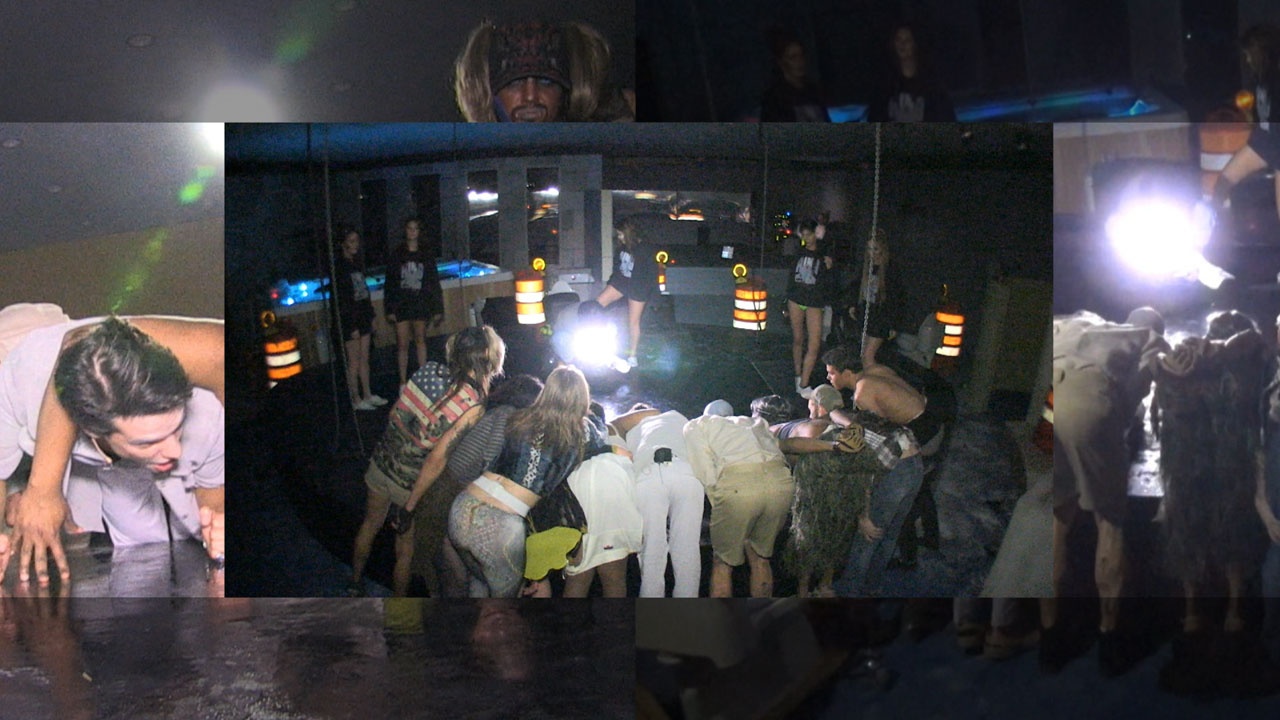 Ryan Trecartin, "Comma Boat," 2013, still from 3-channel HD video
Ryan Trecartin, "Comma Boat," 2013, still from 3-channel HD video
Texte zur Kunst: And in a precarious situation, your family is more valuable as a support structure than anything that’s being offered to you. Didier Eribon’s memoir “Returning to Rheims” comes to mind here: Eribon speaking about growing up as both French working-class and homosexual, and how breaking ties with his family made it possible for him to come out as gay; and yet coming out, in turn, required him to hide the class he was born into. In a more general sense, perhaps this parallels the dynamic of working-class students going to college and breaking with their (right-leaning) families as they are taught more liberal thought?
Schulman: I mean, class is entirely family based, the whole idea of inheritance, right? And racial identification is certainly rooted in family, the people you’re biologically connected to. Family is also the model for nationalism; every supremacy system is based on the model of the family. Historically, it was homophobia that kept white gay people away from the white family; even though white gay people who experienced familial homophobia are still racist, they were separated, sometimes brutally, from white nationalism, white supremacy rooted in the family.
Texte zur Kunst: Yes, and among Trump’s base, family loyalty is being demonstrated via a kind of shared victim status. When Trump himself plays the victim, he’s doing this because, as you made clear earlier, it’s the more advantageous position; but also because, as you note here, his victim status is relatable for his voter base. As such, his brand becomes one where he may be rich but he’s also “traumatized,” just like his voters (actually) are, and so they believe Trump must understand their needs. But why is there such strong solidarity across class lines here? Why do people believe Trump’s victim status when there is literally an entire state power apparatus supporting him?
Schulman: Trump says he’s a victim and they identify with him because they are actual victims – but they’re his victims and they haven’t figured that out yet. Instead, they blame the wrong party. It’s like someone who’s abused as a child and then takes it out on their partner later in life. In this case, it’s the unemployed white worker who blames the immigrant even though the immigrant is not causing their problems. But Trump validates the white worker by standing on television and saying immigrants are causing crime. Immigrants do not cause crime. Crime in America is caused by poverty, or by greed.
But also, a supremacist, which Trump is, feels entitled to never be questioned. Given this framework, the supremacist experiences other people asking for accountability as an attack or abuse. Supremacists do not want to question themselves, because they experience being uncomfortable as a state of being attacked. In her book “The Purpose of Happiness” (2010), Sara Ahmed argues that the so-called right to always be comfortable is an upper-class neoliberal concept, and that one can never always be comfortable except for at the expense of other people. In fact, there should be a desire, a striving to be uncomfortable . But a supremacist feels that they have a right to always be comfortable ; so when they’re not comfortable, they believe someone is doing something terrible to them, they feel they’re being violated.
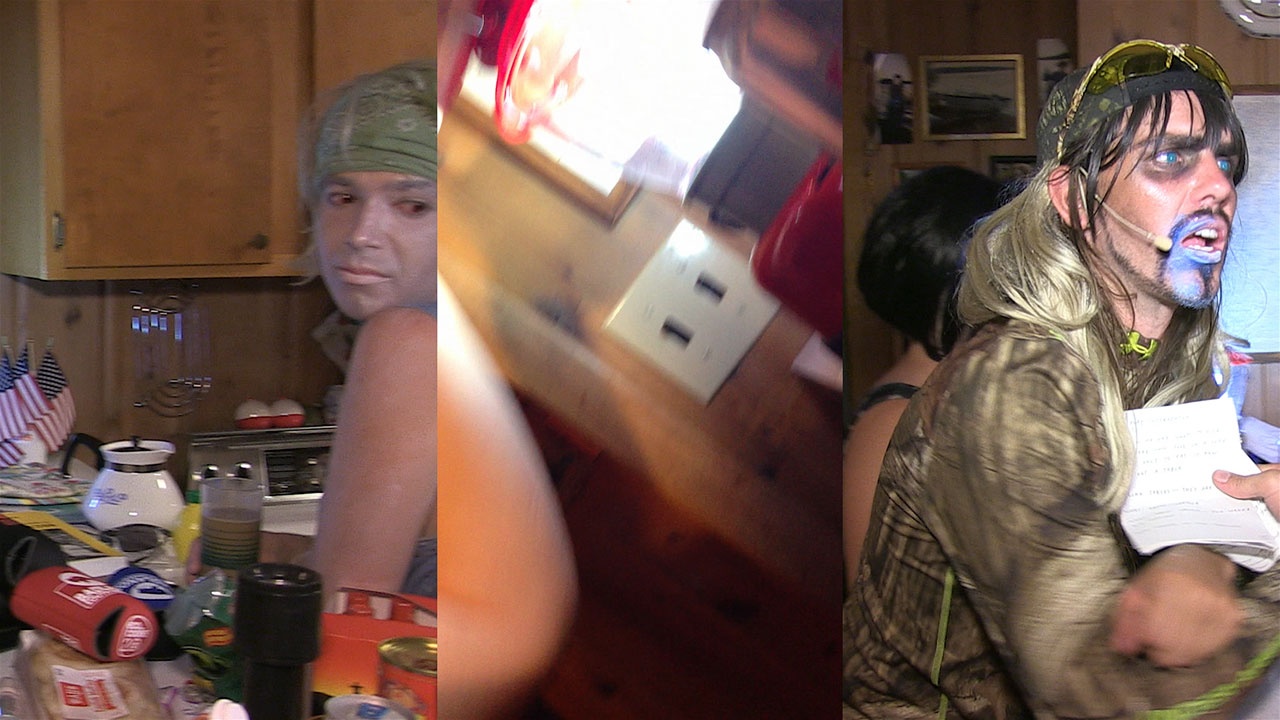 Ryan Trecartin, "Mark Trade," 2016, still from single-channel HD video
Ryan Trecartin, "Mark Trade," 2016, still from single-channel HD video
That said, the traumatized person can feel the same way but for a very different reason, because sometimes when we’re suffering we become very fragile, and it’s so hard just to keep it together, that if we’re asked to further interrogate ourselves or are faced with any kind of opposition or even just mere normal difference, it feels like a threat. Interior anxiety and external threat become confused even though they are very different things. In turn, the traumatized person can make false claims (just like the supremacist does) that they are being abused, because they can’t tolerate the discomfort.
While “discomfort” has a very different meaning depending on whether it’s being expressed by a traumatized person or a supremacist person, it feels the same to be on the receiving side of their reactions. To be falsely accused, to be falsely blamed, to be told that your participation in a given conflict is abuse, feels terrible and is completely disempowering. And if you’re being positioned as a perpetrator in such a scenario when you’re not, if the party that you’re engaged with cannot take any accountability for their own behavior, it can be highly detrimental to you; you can be incarcerated for that, or even lose your life. For example, our society incarcerates black people because of white racism.
Texte zur Kunst: This abuse claim can be read as an attempt to hold up an unmarked position, an attempt to avoid being tied to an identity/profile that you cannot escape …
Schulman: Right, that’s a good way of putting it.
Texte zur Kunst: … which would suggest why there is currently incredible power in knowing how to spin narrative.
Schulman: Yes, but in a healthy situation, the job of the other party should then ask, “But how did this happen?” and “What happened next?” That’s what a real friend does, that’s what love is: helping the other person understand their role in a situation, in a conflict, so that they can be empowered to find a solution.
